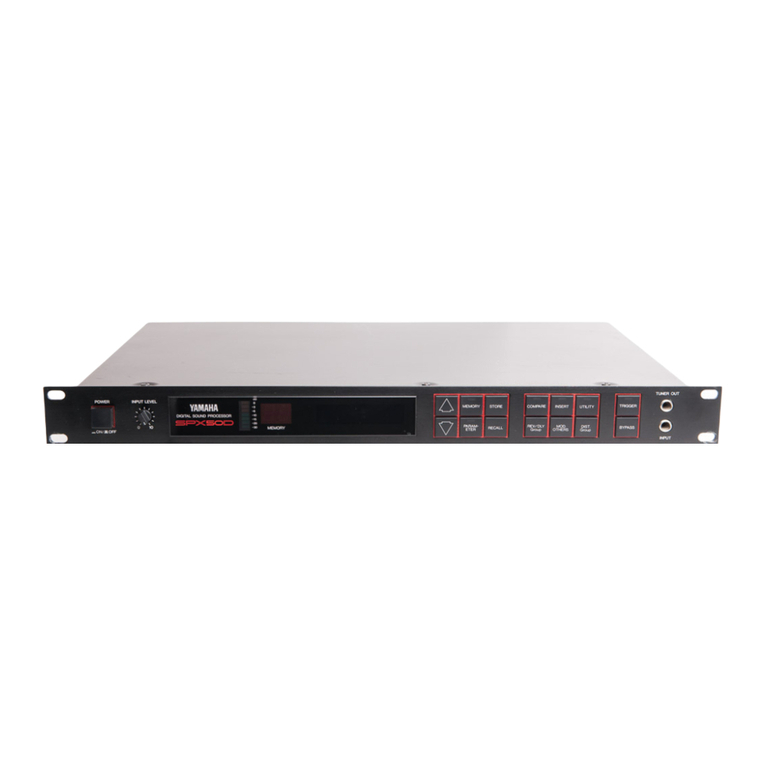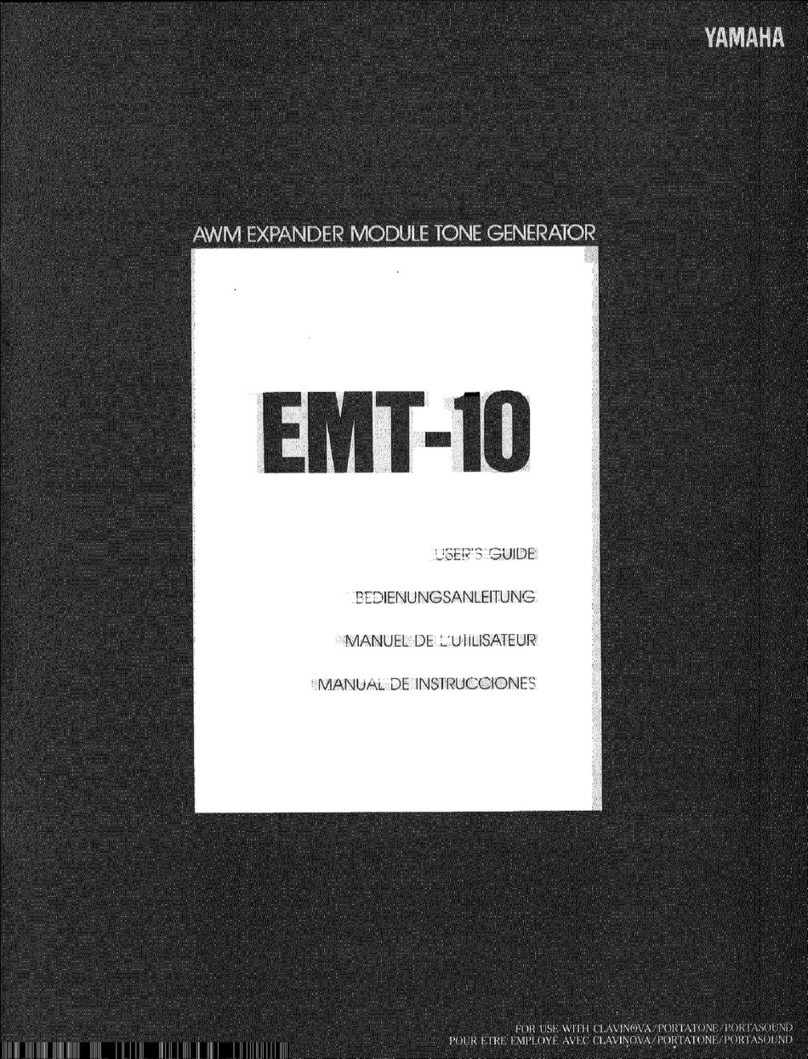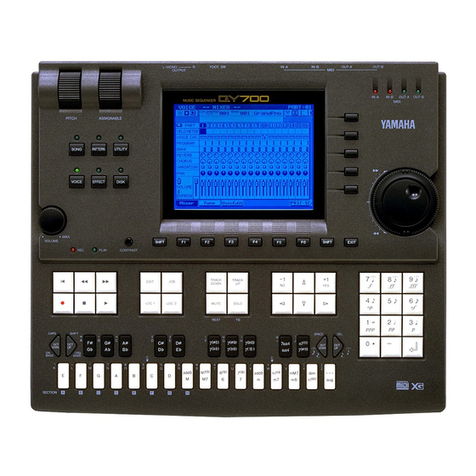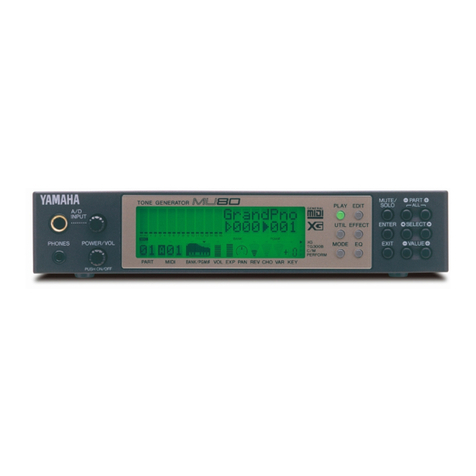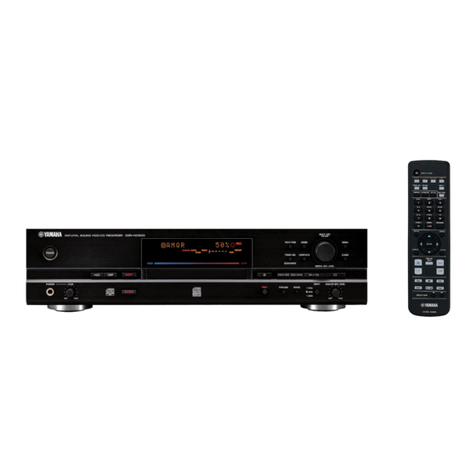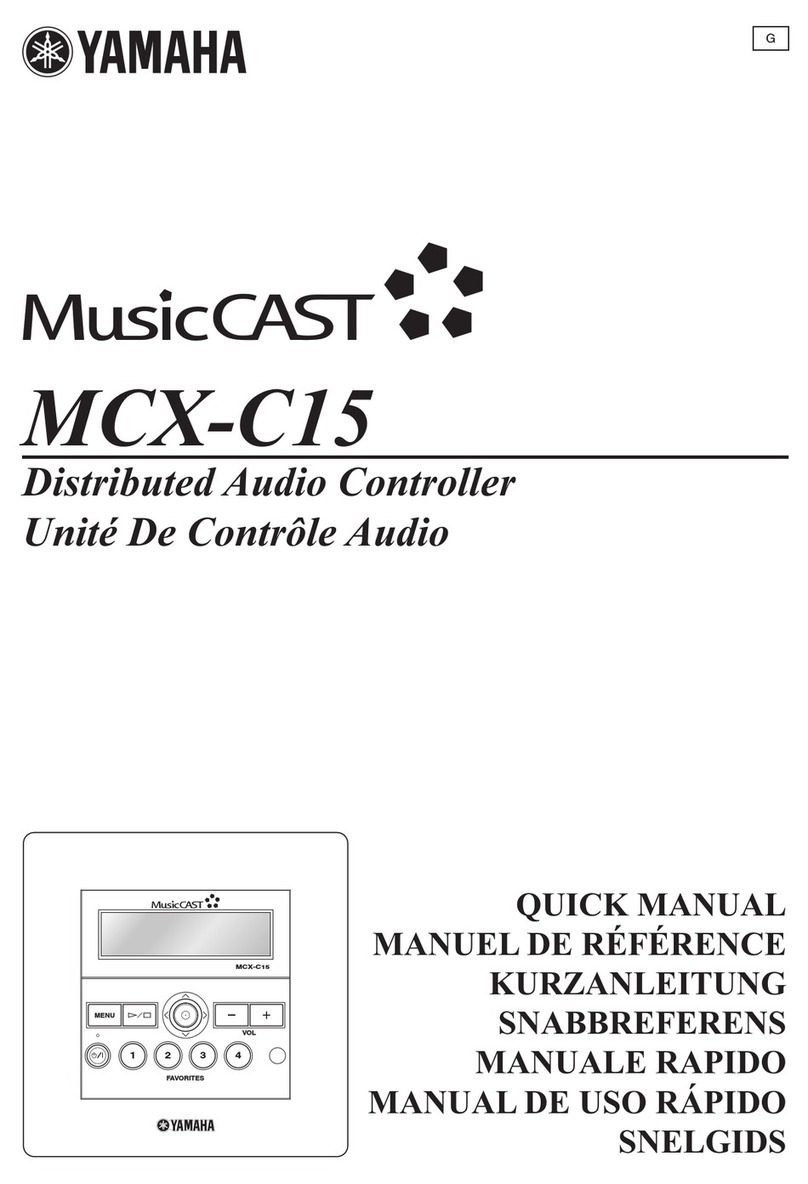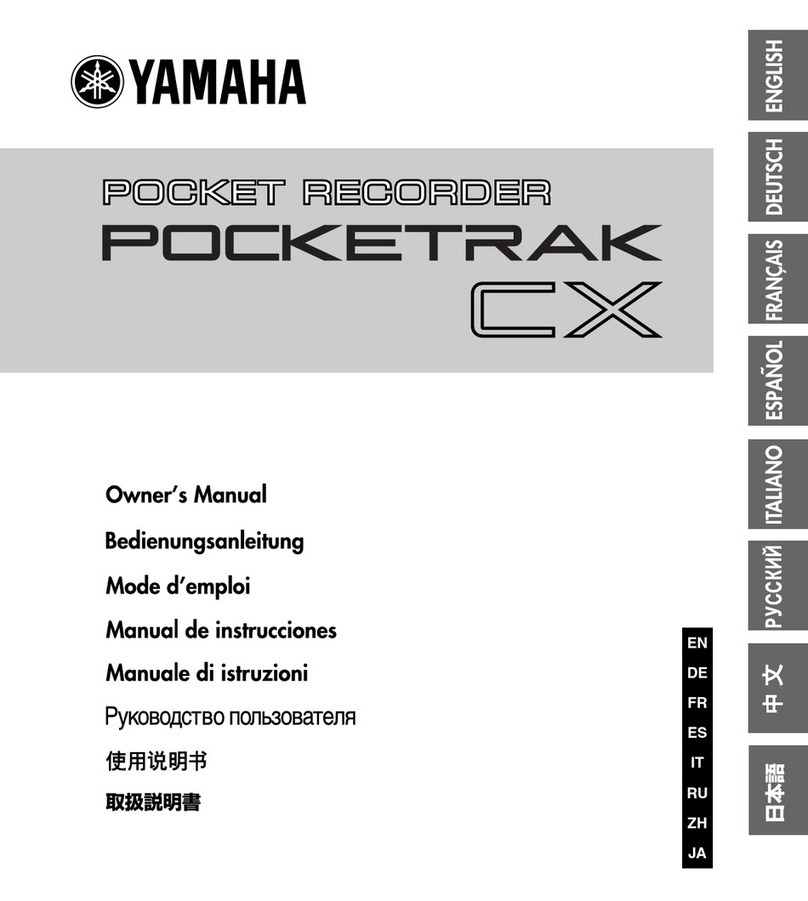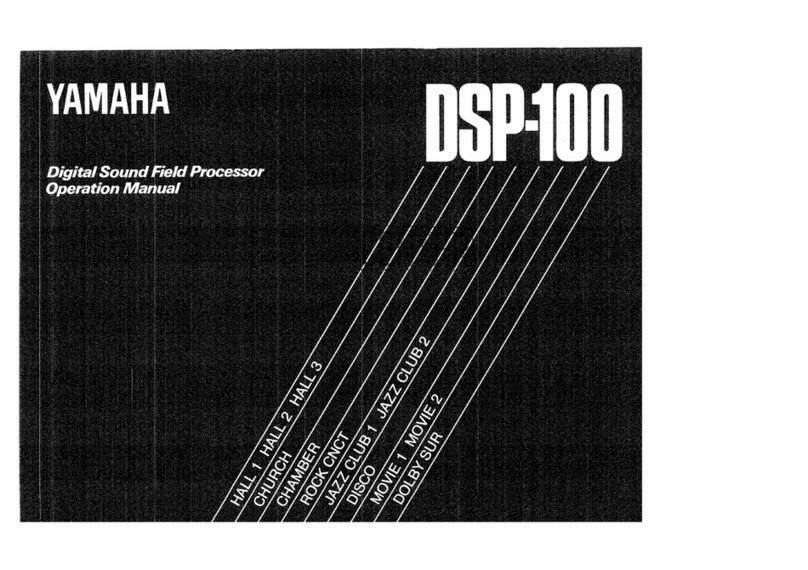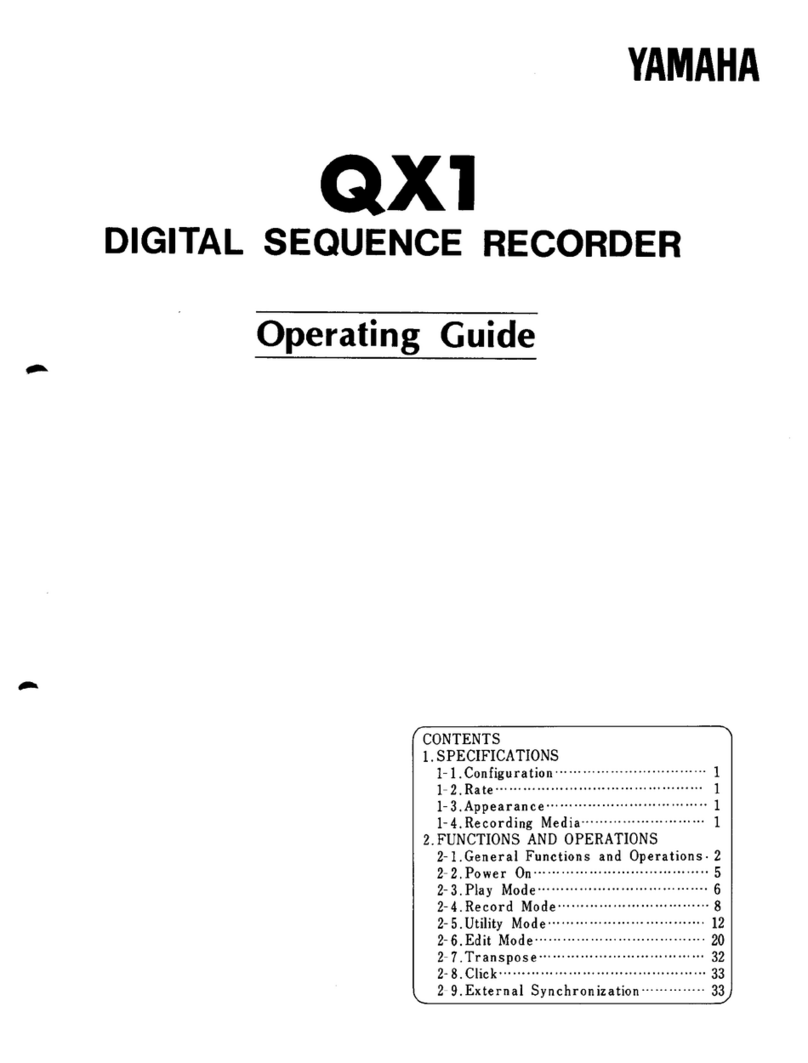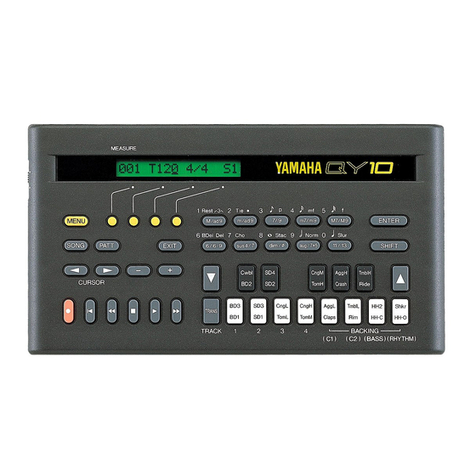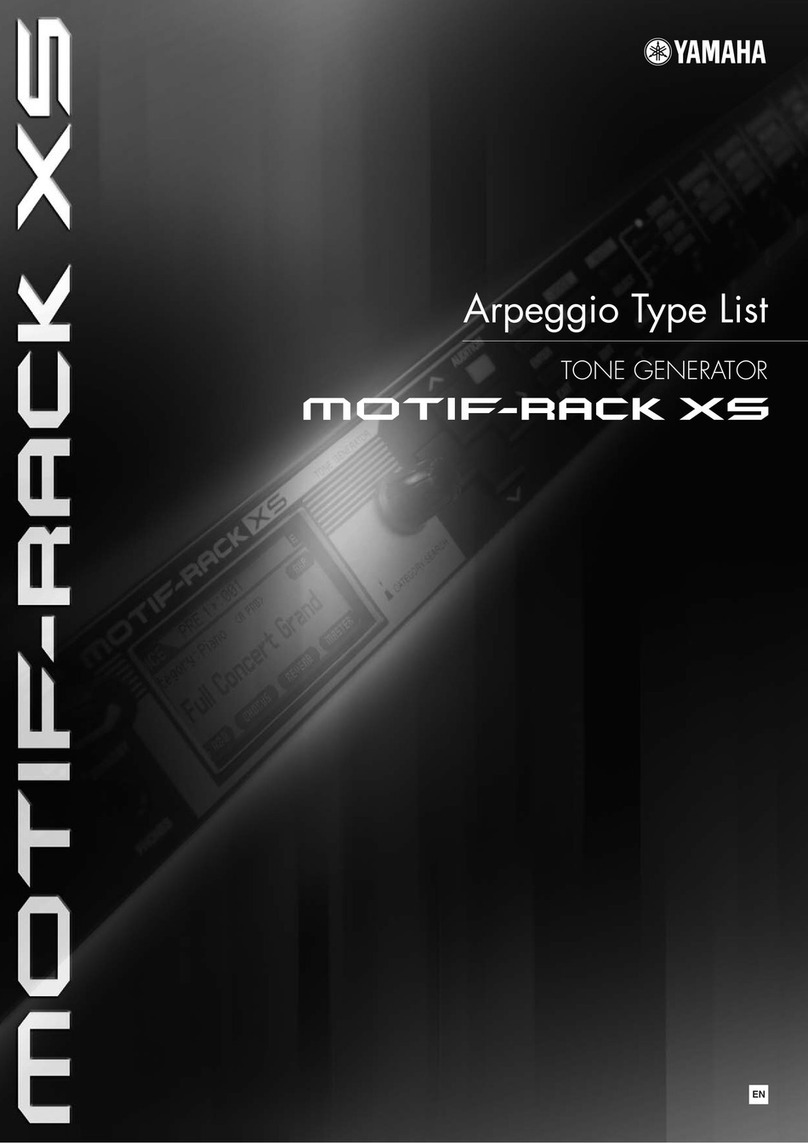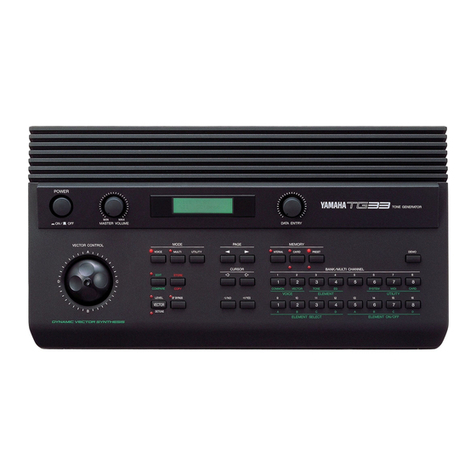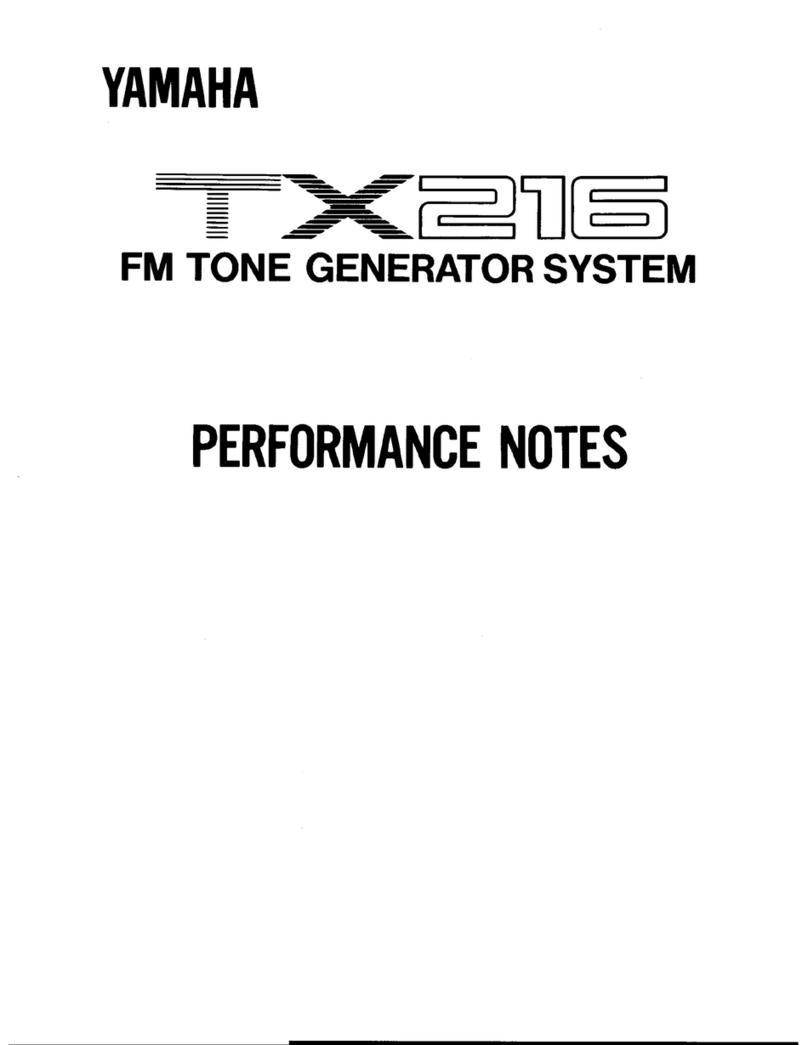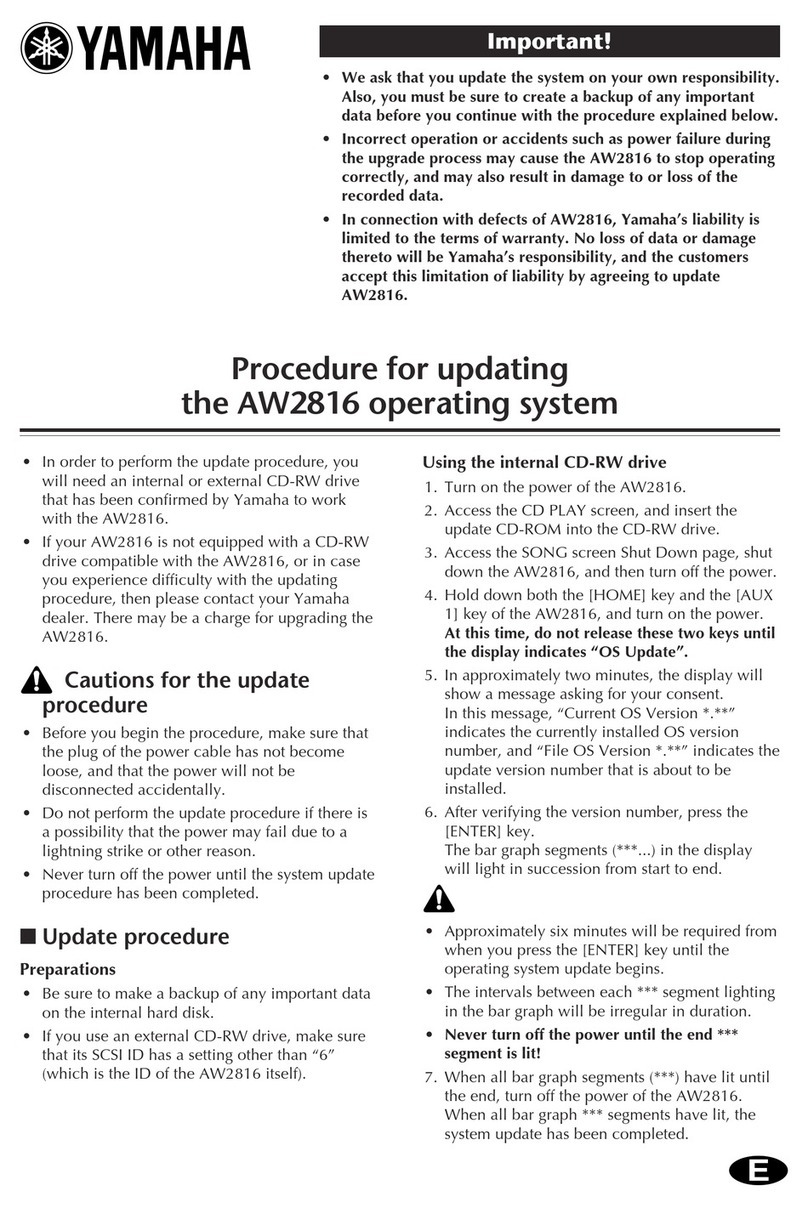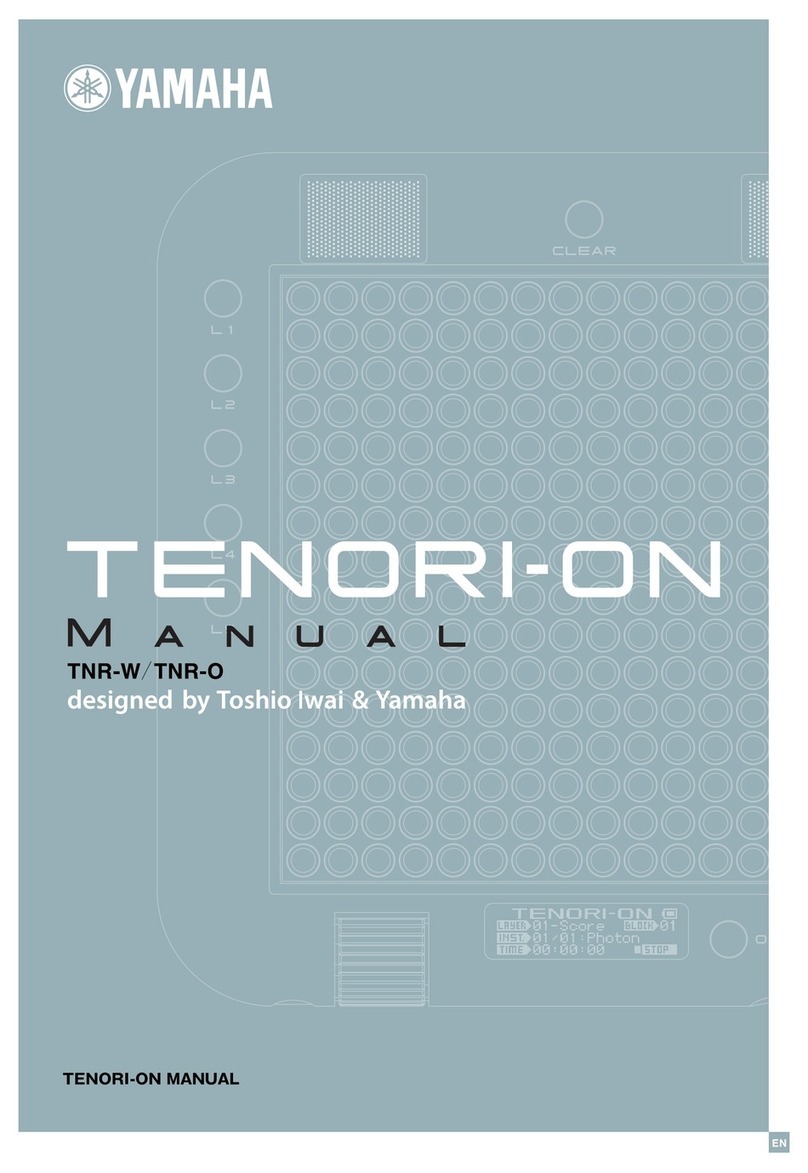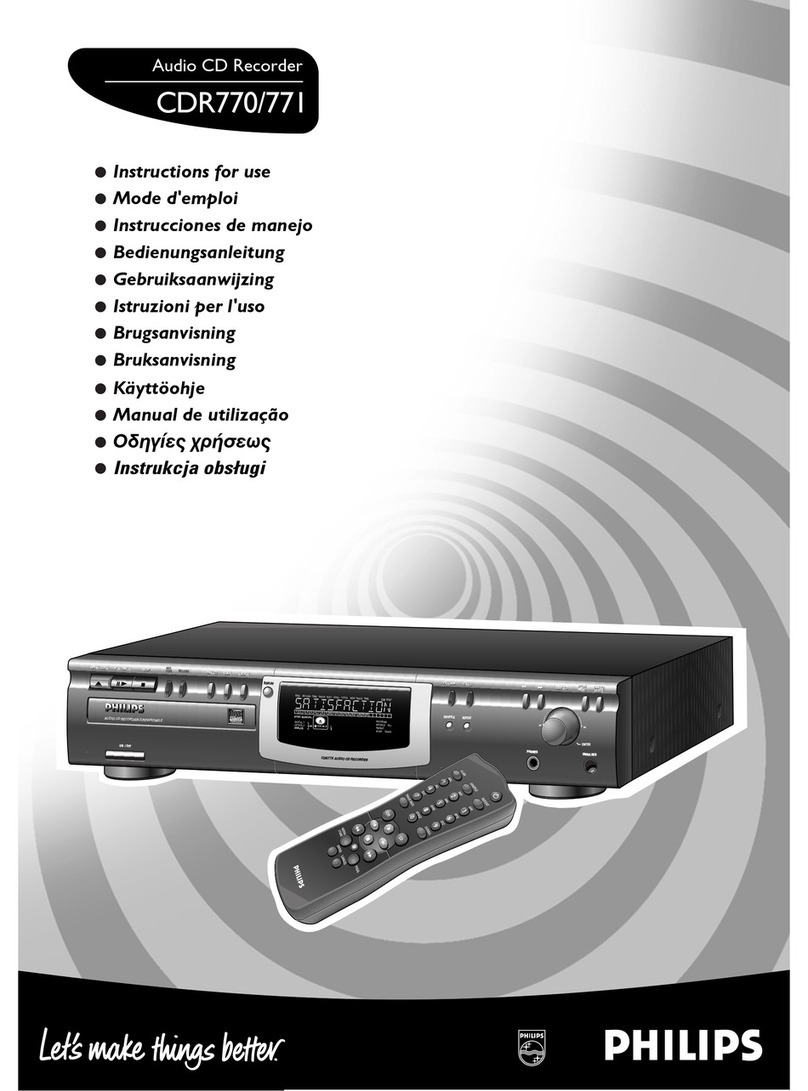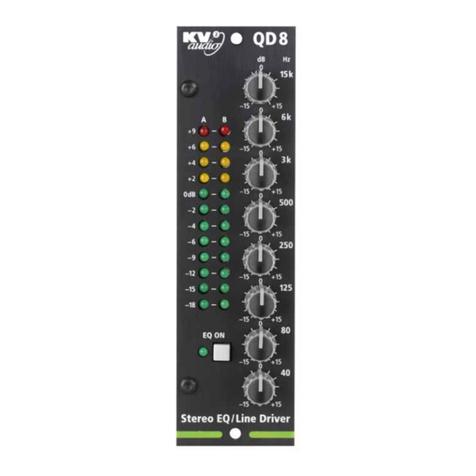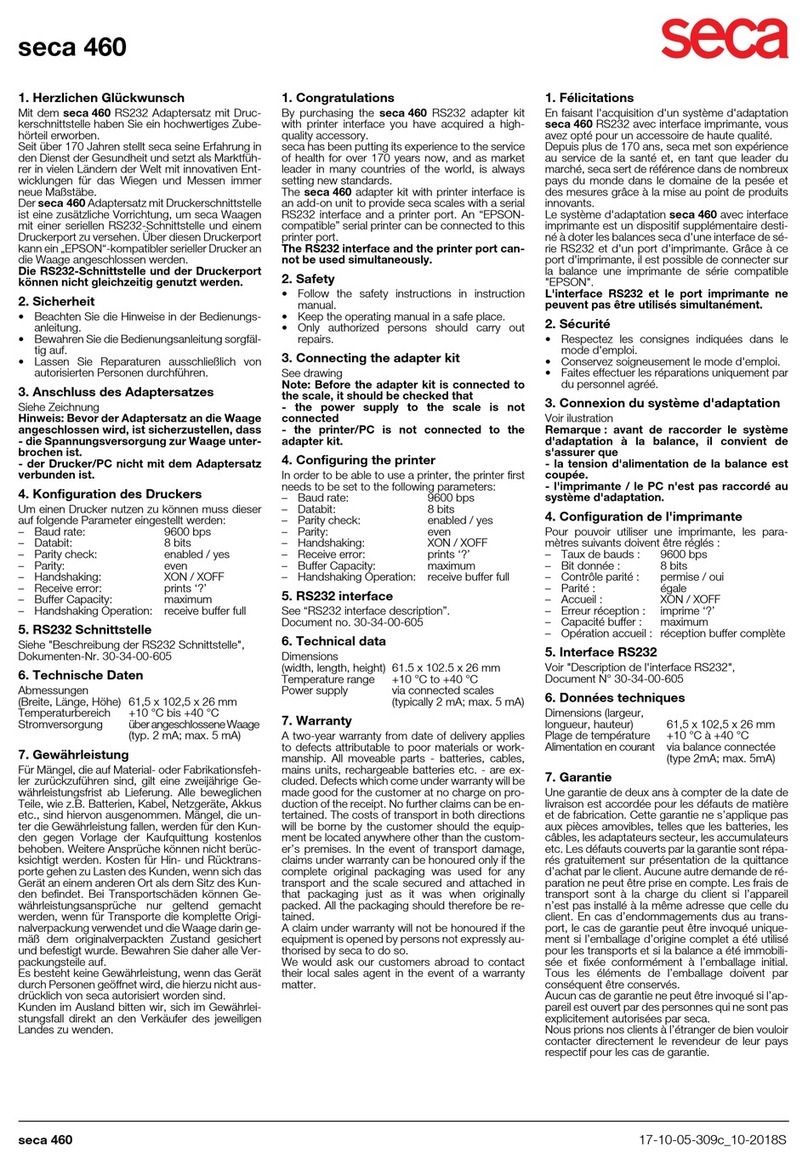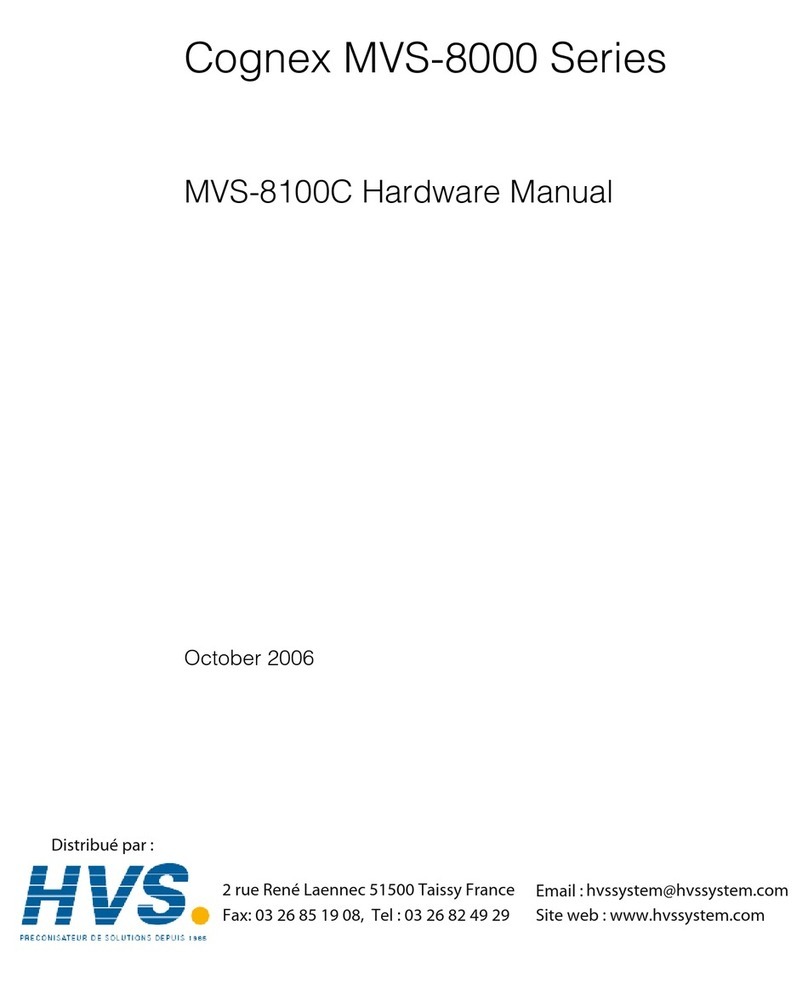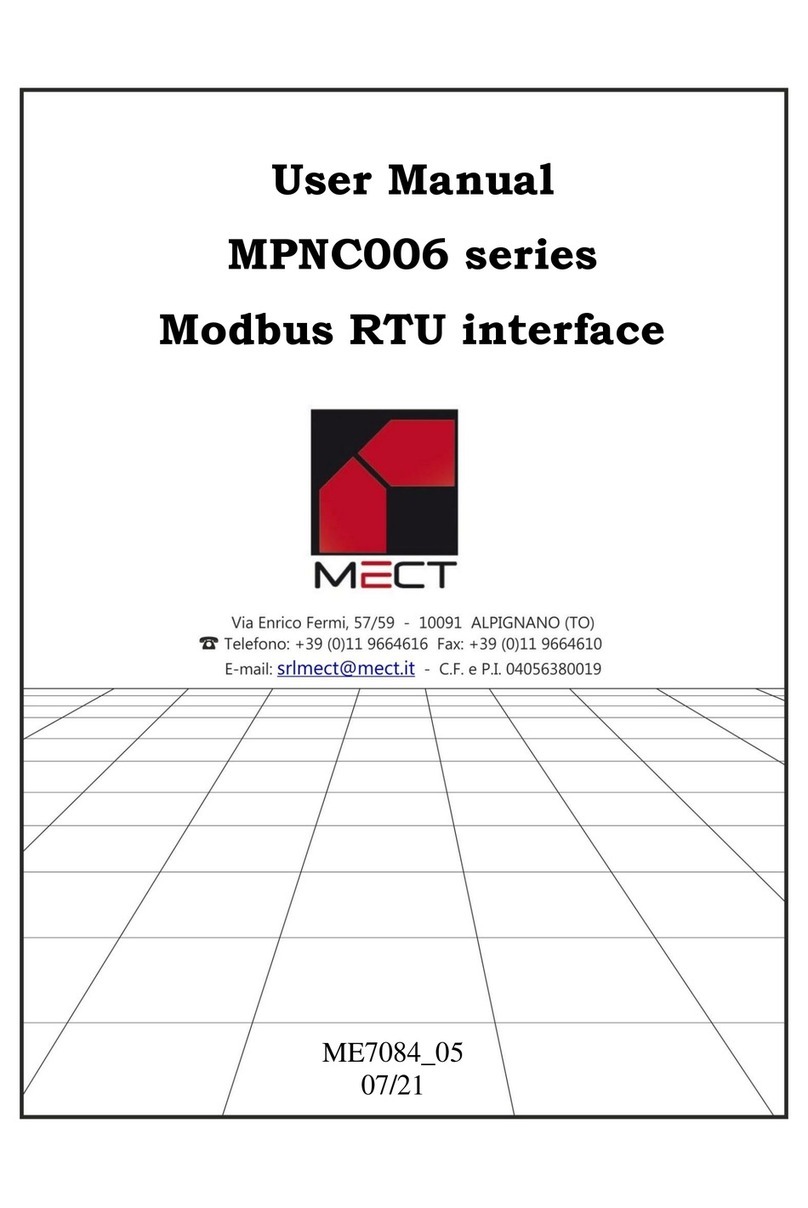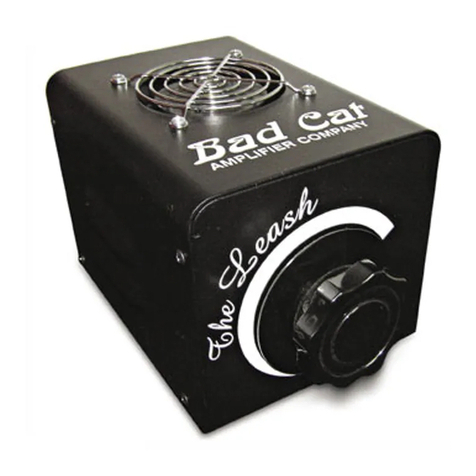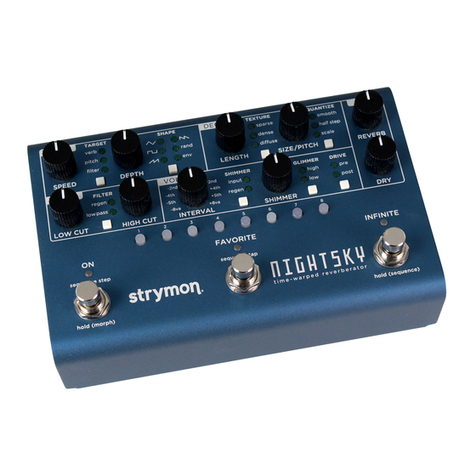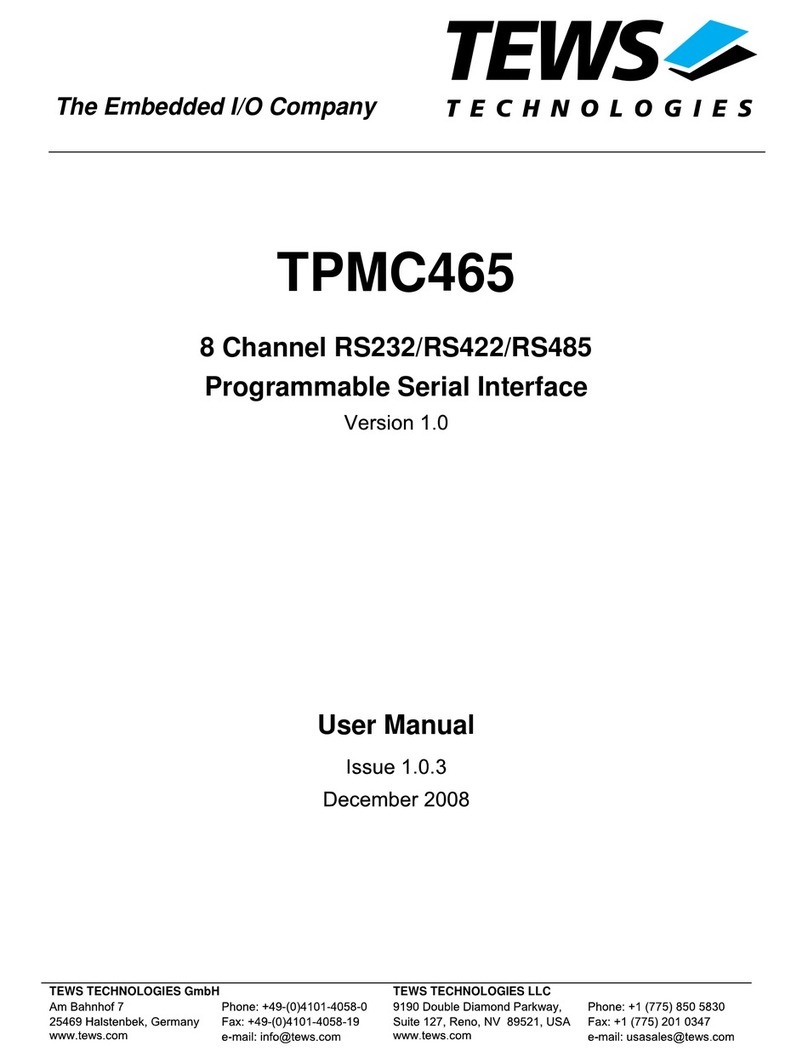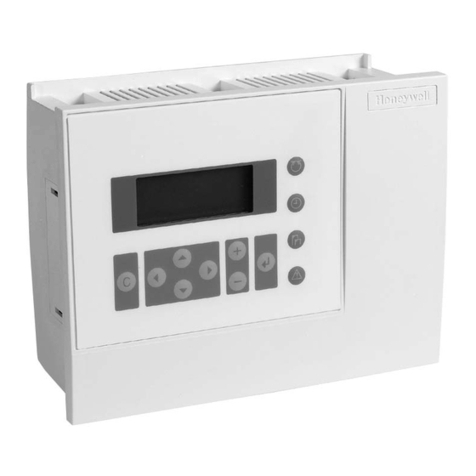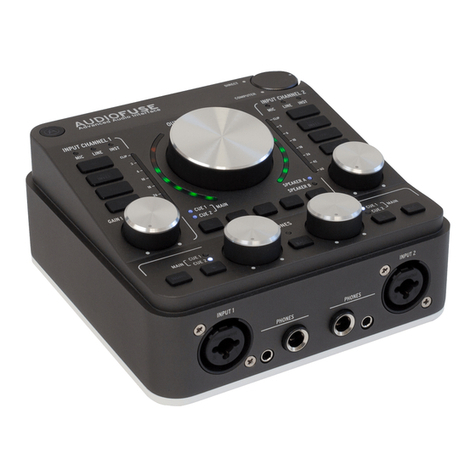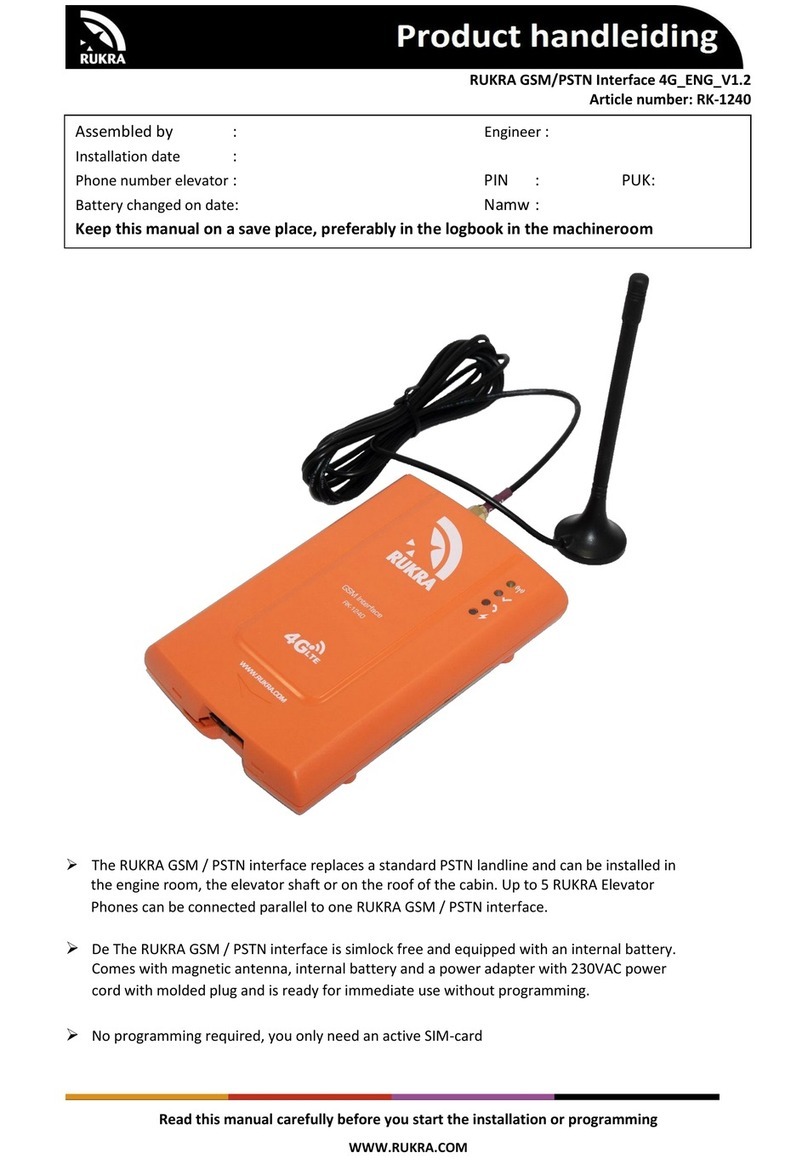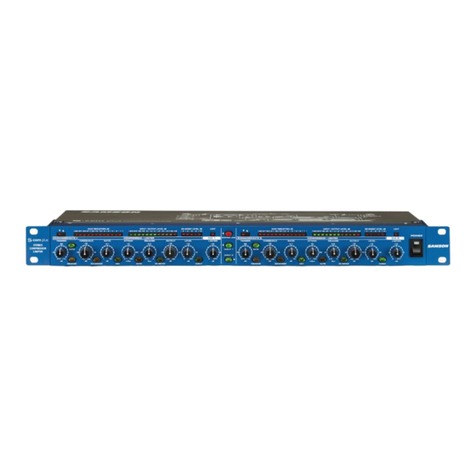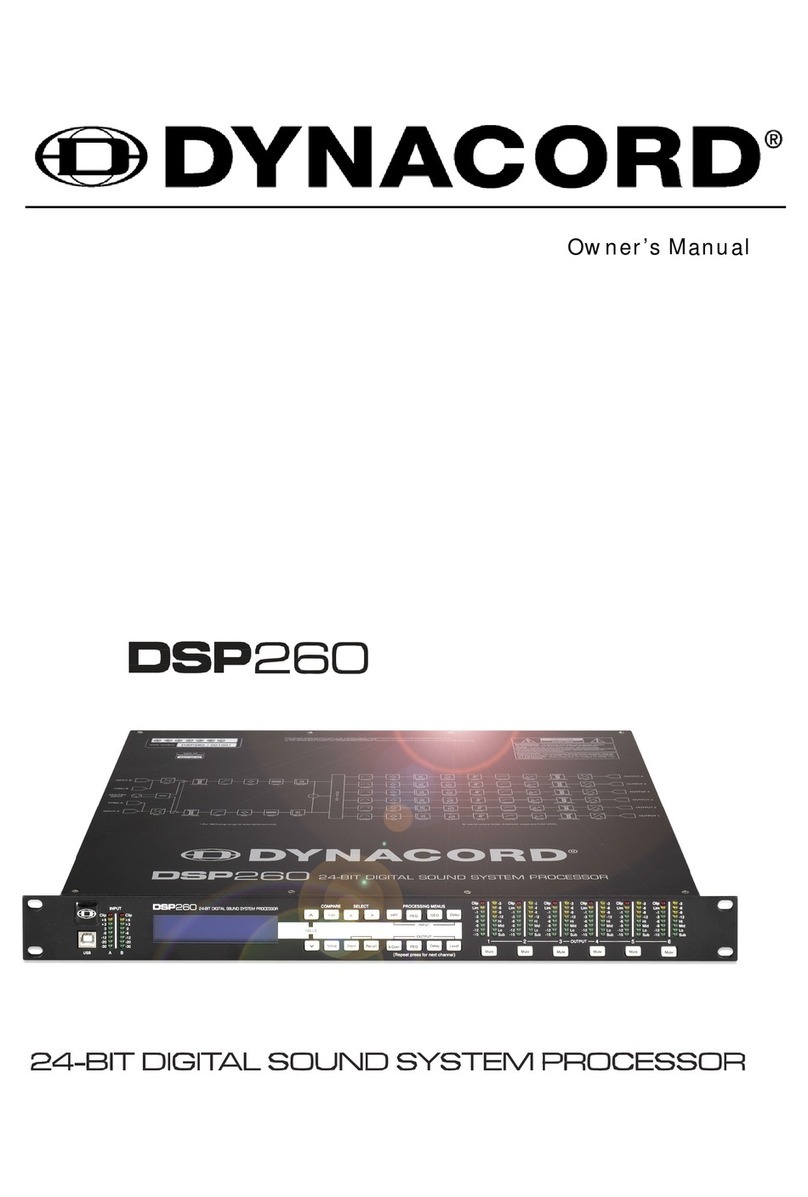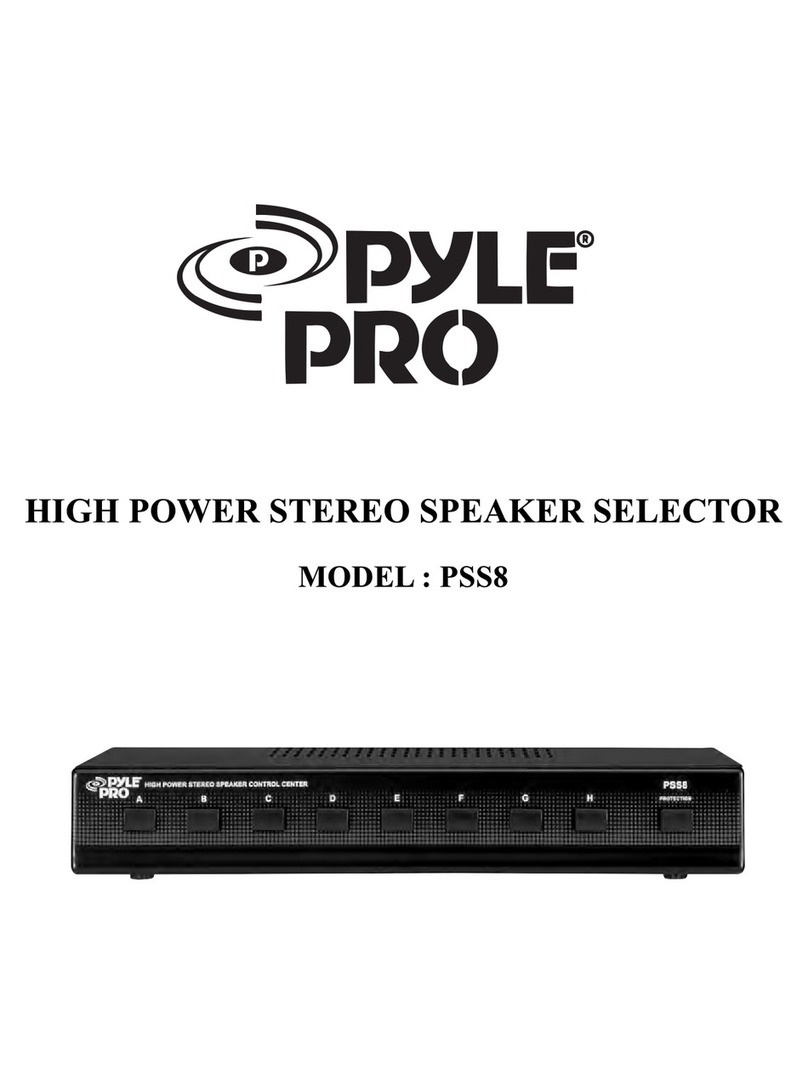
AUDIOGRAM6
6
DISASSEMBLY PROCEDURE(分解手順)
1. Bottom Cover Assembly
(Time required: About 1 minute)
1-1 Remove the five (5) screws marked [110]. The bottom
cover assembly can then be removed. (Fig. 1)
2. PSUSB & MAIN6 Circuit Boards
(Time required: About 7 minutes each)
2-1 Pull out the five (5) level knobs marked [130] from the
control panel side. (Fig. 2)
2-2 Remove the bottom cover assembly.
(See procedure 1.)
2-3 Remove the four (4) screws marked [80] and two (2)
screws marked [90]. (Fig. 3)
2-4 Unhook the MAIN6 circuit board from the seven (7)
hooks marked [A]. The shield main and the MAIN6 cir-
cuit board on which the PS-USB assembly is installed
can then be removed. (Fig. 3, Photo 1)
2-5 Remove the two (2) screws marked [70]. The PS-USB
assembly with the cover PS-USB can then be removed
from the shield main. (Fig. 4)
2-6 PSUSB Circuit Board
2-6-1 Unsolder the four (4) hooks marked [B] from the
PSUSB circuit board and turn the hooks until they are
in the same direction as the notches on the circuit board
to separate the PSUSB circuit board and shield PS-
USB. (Photo 2)
* To remove the cover PS-USB on the shield PS-USB,
detach the two adhesive tapes carefully. (Fig. 5)
[110]:
BIND HEAD B-TIGHT SCREW
(Bタイト+ BIND)
3.0X8 MFZN2W3 (WE774300)
Fig. 1(図 1)
[110]
< Bottom view(底から見た図)>
BOTTOM COVER ASSEMBLY
(ボトムカバーAssy) [130] x5
Fig. 2(図 2)
1. ボトムカバー Ass'y(所要時間:約 1 分)
1-1 [110] のネジ 5 本を外して、ボトムカバー Ass'y を
外します。(図 1)
2. PSUSBシート、MAIN6 シート
(所要時間:各約 7 分)
2-1 コントロールパネル面より [130] のノブ LEVEL
5 個を抜いておきます。(図 2)
2-2 ボトムカバー Ass'y を外します。(1 項参照)
2-3 [80]のネジ4 本と[90] のネジ2本を外します。(図 3)
2-4 MAIN6 シートを [A] のフック(7 箇所)から外して、
シールドメインと PS-USBAss'y が載った MAIN6
シートを外します。(図 3、写真 1)
2-5 [70] のネジ 2 本を外して、シールドメインからカ
バー PS-USB と共に PS-USBAss'y を外します。
(図4)
2-6 PSUSB シート
2-6-1 PSUSB シートに半田付けされている [B] のフック
(4 箇所)の半田を取り除き、フックを基板の切りか
きと同じ向きになるようにひねると、PSUSB シー
トとシールドPS-USB を分離できます。(写真 2)
※ シールドPS-USB に付いているカバー PS-USB を外す
場合は、両面テープで貼付けられている 2 箇所を剥がし
ます。丁寧に剥がしてください。(図 5)
Precautions(注意事項)
●During assembly, pay attention that connectors, cables or the like are not pinched by circuit boards, frames, etc.
●組み立てるときは、基板やフレームなどでコード類をはさまないように注意してください。

